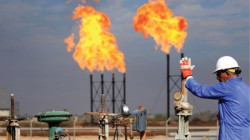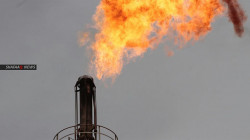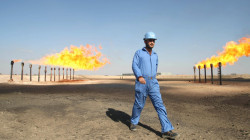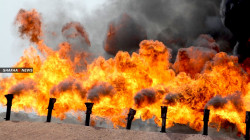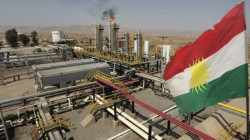Middle East gas flaring becomes a sore point for oil importers
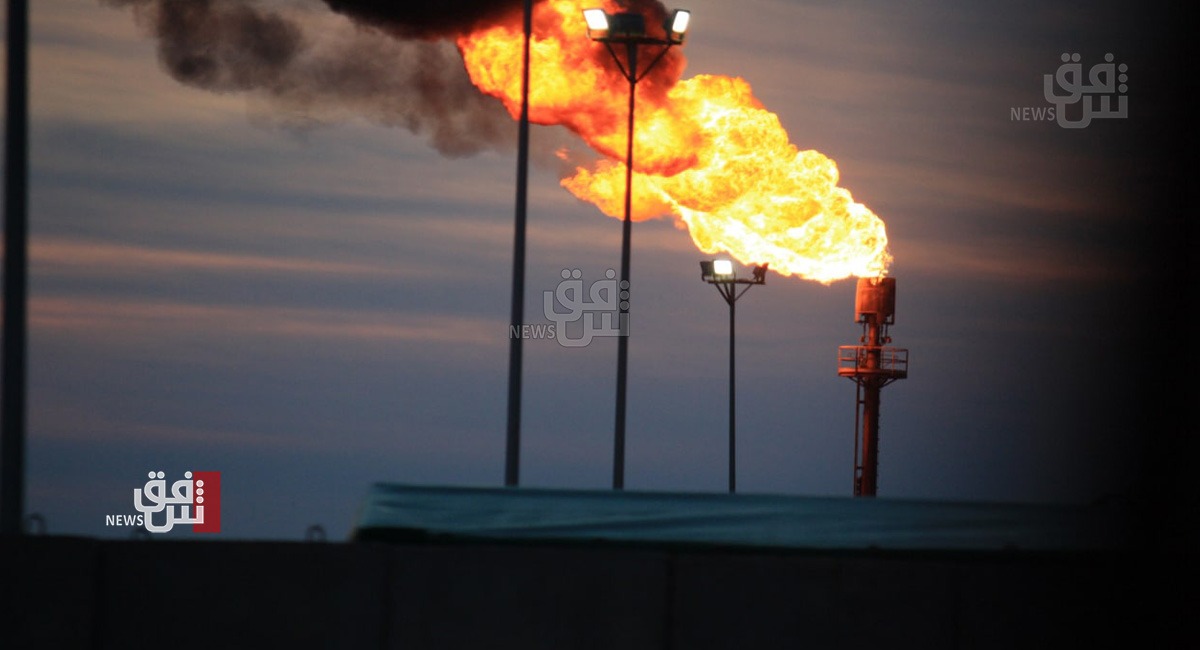
Shafaq News/ As the oil industry increasingly grapples with reducing the carbon intensity of its crude production to curb upstream emissions, pressure is growing on the world's biggest gas-flaring countries to rein in a major source of climate-damaging CO2
The world's biggest CO2 emitters from gas flaring continue to be some of its biggest oil producers, including Russia, the biggest member of non-OPEC countries in the OPEC+ alliance, and Iraq, OPEC's second-biggest producer.
Although gas flaring declined 5% to 142 Bcm in 2020, seven major oil producers -- Russia, Iraq, Iran, the US, Algeria, Venezuela and Nigeria -- continued to be the largest flaring countries for nine years running, according to the World Bank.
Although those countries produce 40% of the world's oil, they accounted for nearly two-thirds of global gas flaring.
Countries in the Middle East tend to represent a big percentage of gas flaring given the amount of oil produced in the region and the political turmoil engulfing the area.
"They tend to be countries that are fragile, conflict-affected, and face a range of political challenges," said Zubin Bamji, program manager of the World Bank's Global Gas Flaring Reduction Partnership.
Other challenges facing Middle East countries that are politically unstable is the inability to attract investments.
"The challenge here is really about this capacity to create an enabling environment for a private investor...who could be interested in investing in this kind of network and generate a gas market in the country," said Julien Perez, vice president of strategy and policy at the CEO-led Oil and Gas Climate Initiative.
As part of the World Bank's efforts to end the 160-year-old practice of gas flaring, it has also singled out the world's oil importers most exposed to buying oil from producers which high gas flaring rates.
Switzerland was the country most impacted by so-called 'imported' gas flaring from oil fields in the producers that supplied it with crude in 2020, according to the World Bank's Imported Flare Gas Index.
The index shows how countries that import oil are exposed to the issue of gas flaring and how they can help identify the role they can play in lowering carbon emissions globally, according to the World Bank.
"We will see more and more countries, for instance, countries in the European Union, as well as the US and other countries, looking at their imported product as part of their carbon footprint and to see what can be done to reduce it," Bamji said.
"Of the governments we have spoken to about this, the importing governments, if you will, are generally quite surprised when we have presented the Imported Flaring Gas Index to them. This is typically not something they have considered or thought about before."
Carbon from gas flaring should fall under scope 1 emissions, that occur from sources controlled or owned by an organization or country. But in some cases, they could fall under scope 3, or value-chain emissions because their definition is complicated by the multiple ways oil imports are used in consuming countries.
"Gas flaring generally comes under scope 1 emissions because it is at the production source," Bamji said.
"The Imported Flare Gas Index looks at the entire value chain. It highlights how flaring and venting is also an issue of scope 3 emissions when a country is importing oil and utilizing that product. However, it is not as simple as that because one other thing you have to consider is that sometimes countries import the oil, refine the crude, and then it is exported to another location."
Looking at gas flaring intensity of imported oil is one area of examining its carbon intensity, which has become a hot issue as energy producers seek to pump low-carbon oil and allow their crude to be the last barrel standing as peak demand scenarios gather pace.
"Given the shift in the consumer appetite towards lower carbon crude, crude exporting countries will in turn have to be more transparent about the emissions associated with their crudes production," said Varaleka Pant, a carbon analyst at S&P Global Platts Analytics.
"This would mean that crude exporting countries would have to regulate permissible emission limits and set up reliable emission monitoring and reporting systems."
To address the carbon intensity of different crudes, Platts began in October publishing monthly carbon intensity calculations and daily carbon offset premiums for 84 major crude fields including Iraq's key Kirkuk field.
Better reporting of data can help countries tackle their emissions, including the gas flaring footprint, which also includes methane.
The Oil and Gas Climate Initiative is one organization that will be tracking methane emissions in Iraq, the biggest gas flaring country in the Middle East.
"For some regions we know that the characterization of the methane issue is not very well done and that mainly covers parts of the Middle East and some other regions such as Russia and North Africa," Perez said.
"In a region where you flare a lot that means as well that you emit a significant amount of methane as well."
Source: S&P Global
